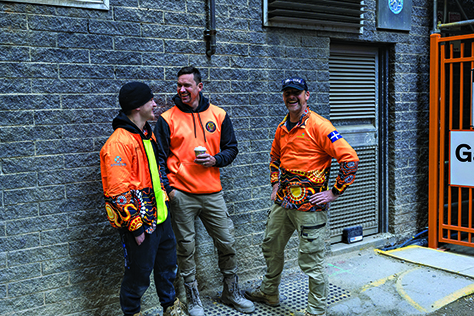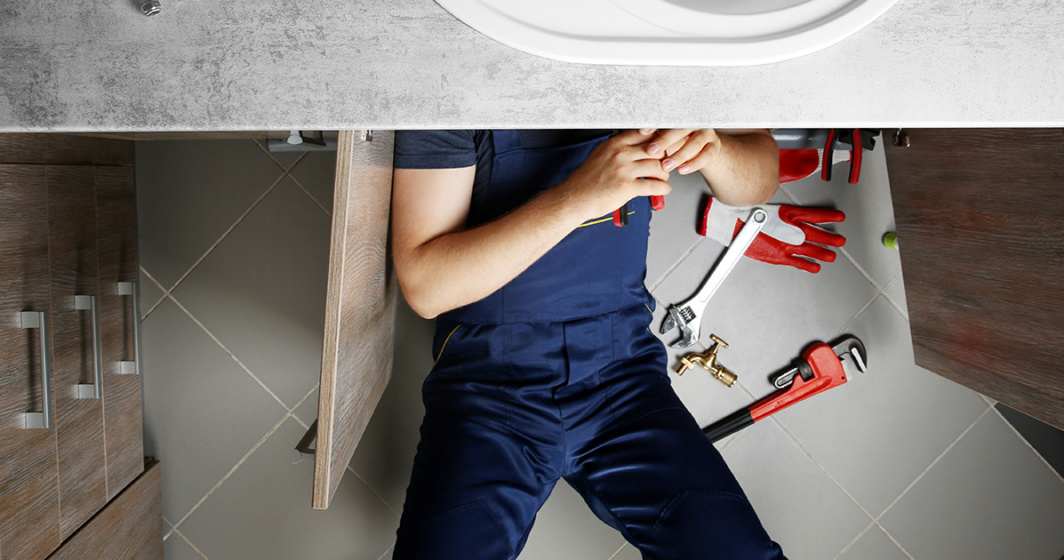Anytime a business or an individual is to conduct work in any of the 19 high-risk work categories - such as when there is a risk of a person falling more than two meters, where there is a risk of engulfment or work on or adjacent active roads or railways - they will need to develop a SWMS before actually doing the work.
Plumbers are likely to find themselves working in many of these high-risk categories including working at heights, in trenches, next to roadways or where there’s traffic, or working with plant machinery.
SWMS are site-specific and written in respect to the hazards and risks of a particular site. They are best developed in consultation with the people doing the work. There is no point having a SWMS put together by someone sitting in the office recommending guardrails around a particular job, and then having a contractor on the site who decides it’s more practical to just use a harness or no safety gear at all. That’s where the risk increases and accidents happen.
That’s why it is important to that everyone on site is briefed before work begins, that they go through the relevant SWMS, accept and understand any control measures and sign onto the SWMS before starting any high-risk work. Multiple hazards, such as electrical and working at heights hazards, can be combined into one SWMS or individual SWMSs can be developed to address each hazard. The supervisor has a responsibility to ensure all work is carried out in accordance with the SWMS.
The SWMS needs to be kept on site where they can be easily accessed by everyone - in the site office, in the ute or on an electronic device are all fine.
A good SWMS is one that’s written in language that the people doing the work understand. You don’t want a 50-page SWMS with legal jargon as people will ‘tick and flick’ and that’s not what we want. There needs to be clear, concise instructions too, you can’t say ‘ensure staff are adequately trained,’ you need to be specific and say, for example, ‘staff need to have completed working at heights training’ and register their certificate in the SWMS.
When WorkSafe come out on site they want to see what systems are in place to perform high-risk work safely. They’ll look for SWMS that are site specific and cover off the hazards associated with that site.
Master Plumbers provides a service to members and the broader plumbing industry to help them prepare for high-risk work. We have 36 different templates available to members, and we are there to provide advice and customisation.
For advice and support about SWMS, visit plumber.com.au/ohs or call 1800 133 871.

